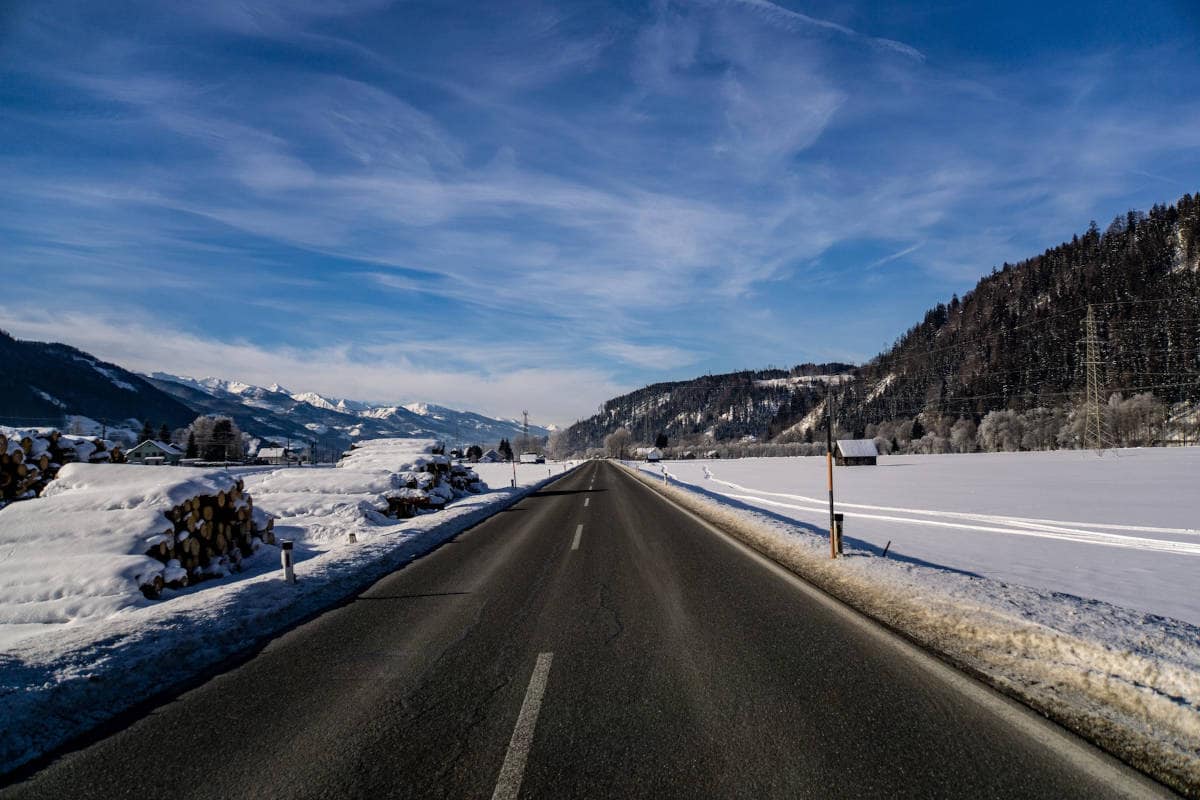
Snowfall brings about feelings of awe and beauty, but it also poses difficulties for travel, safety, and other aspects of daily life. Since snow removal is necessary to maintain safety and ensure people can move about freely, it’s crucial to take into account any potential environmental impact connected with conventional snow removal techniques – and do our best to minimize that impact.
Snow removal for commercial properties typically involves the use of heavy equipment, de-icing agents, and other practices that can harm ecosystems and contribute to pollution. However, there are strategies and techniques that can minimize the environmental impact of snow removal while still ensuring effective services.
This article will examine the different ways that snow removal operations can have a negative environmental impact and offer suggestions for reducing these effects:
The Environmental Impact of Snow Removal
Emission of Greenhouse Gasses
The release of greenhouse gasses is one of the main environmental issues connected to snow removal. Most vehicles and equipment used for snow removal are powered by fossil fuels. These machines release carbon monoxide (CO), carbon dioxide (CO2), and other emissions that contribute to pollution and climate change. In fact, a 2015 EPA report states that the average two-stroke snowblower emits about a pound of carbon monoxide per hour of usage, which roughly equates to what the average car emits after driving 70 miles.
Damage to Plants and Landscapes
Landscapes and vegetation may suffer harm as a result of snow removal procedures. When applied on roads and sidewalks, salt and other de-icing agents can seep into the soil, harming plant roots and changing the pH balance of the surrounding area. Heavy machinery can also kill plants and trees, reducing biodiversity and destroying habitats.
Contamination of Water Sources
De-icing products can also contaminate water supplies. As snow melts, these chemicals can enter streams, rivers, and groundwater, posing risks to aquatic life and drinking water supplies. Chloride is one chemical that is well known to build up in water bodies and harm aquatic ecosystems.
Strategies for Minimizing Environmental Impact
Using Alternative Snow Removal Methods
Alternative methods can be used to lessen the impact of snow removal on the environment, such as using snow brushes and brooms to clear sidewalks and other minor areas rather than only relying on heavy equipment. Greenhouse gas emissions can be greatly reduced by using equipment that runs on fuel less frequently.
Implementing Best Practices for Snow Disposal
Proper snow disposal is essential for minimizing its environmental impact. The salts and chemicals from de-icing materials can seep into the soil or water sources and harm plant roots or aquatic life. Having designated snow disposal sites, either on the property or off-site, is one way to reduce this risk. Consider where the runoff from snow piles will travel in order to prevent contaminating the surrounding ecosystem.
Promoting Sustainable De-Icing Practices
De-icing materials, especially ones that contain chloride salts, can cause a lot of harm to the environment if used irresponsibly. Chloride salts are incredibly toxic to freshwater ecosystems and can also affect soil and plants. The best way to reduce their impact is to use de-icing materials that don’t contain chloride salts and to reduce waste by using them efficiently. Anti-icing is the most environmentally safe (and cost-effective) way to use de-icing products; it is much easier to use de-icing materials to prevent ice from forming in the first place than it is to melt ice afterward.
Utilizing High-Efficiency Snow Removal Vehicles and Equipment
High-efficiency equipment can greatly reduce the environmental impact of snow removal. Equipment that uses alternative fuels, such as electric or hybrid engines, has lower emissions and is quieter than conventional equipment. All equipment should be properly maintained to ensure optimal efficiency and performance.
Implementing Snow Melting Systems
Implementing snow melting systems can be an effective solution for minimizing the environmental impact of snow removal. These “passive” systems are usually installed underground and use waste heat to melt snow, eliminating the need for plows or de-icers. Snow melting systems can be installed in high-traffic areas such as parking lots, pedestrian walkways, and building entrances to reduce reliance on traditional snow removal methods.
When You Need Commercial Snow Removal, Minimize Your Impact on the Environment with Snow Management Services
For over 25 years, Snow Management Services has been the go-to choice for hundreds of commercial properties and businesses in the Denver metro area. It all starts with winter property planning – taking the time to identify the most efficient way to keep your property clear and highlighting any areas that require extra care. Quick snow removal and de-icing are critical so that parking lots and sidewalks remain clear in order to prevent winter accidents or injuries. Our team is committed to rapid response times during even the roughest winter weather. We can even haul snow off-site to keep your property safe and presentable.
To see how SMS can help your Denver-area business or commercial property, give us a call today at (303) 750-8867 or get in touch with us online to get started.
